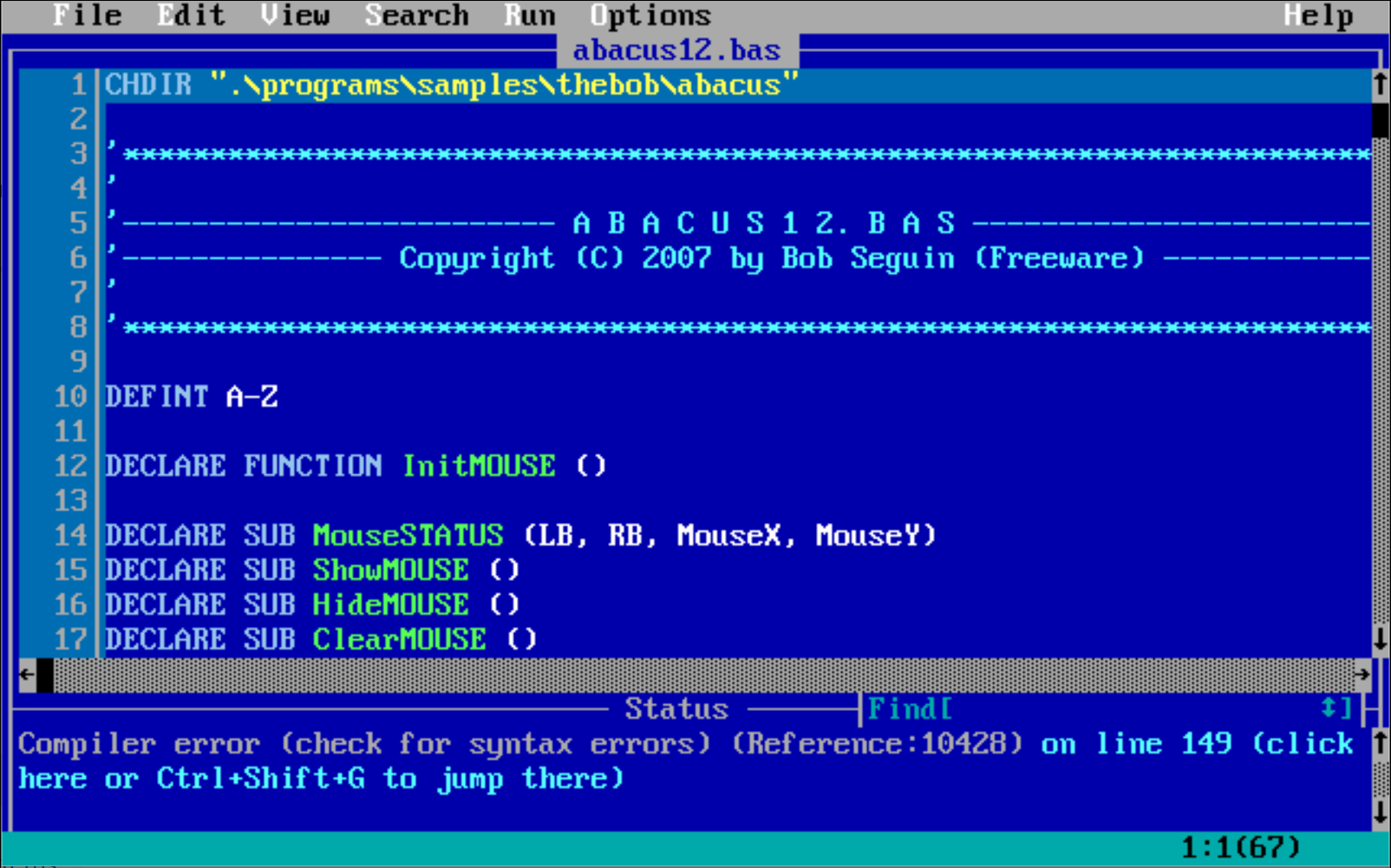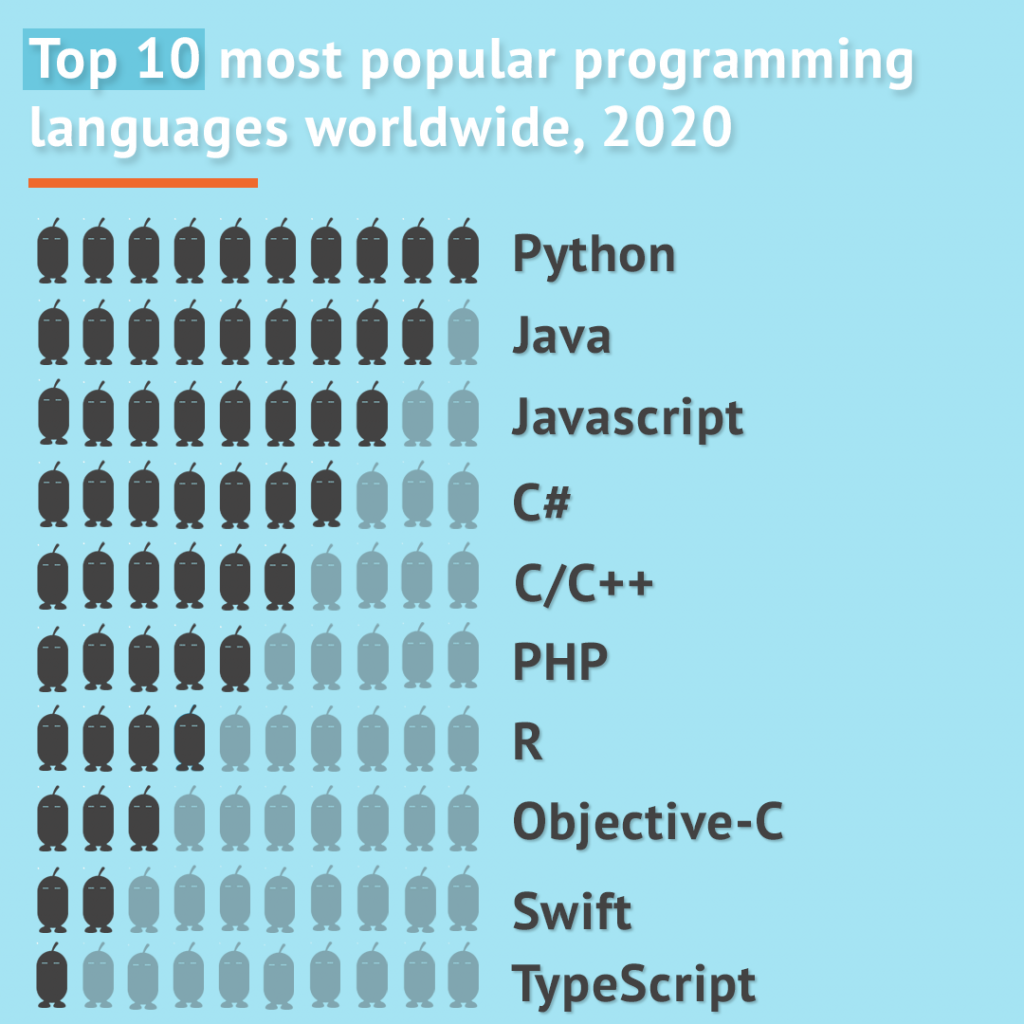- Introduction 1.1 About SDCC 7.
- Creating and compiling a C program using an IDE is like waving some magic wand. However, a beginner must know how to compile and run C programs using command line in Windows based operating system. To create a C program using command line you need two basic software’s. A text editor (such as Notepad or Notepad).
- How to Compile C Program in Command Prompt? We usually use a compiler with a graphical user interface, to compile our C program. This can also be done by using cmd. The command prompt has a set of steps we need to perform in order to execute our program without using a GUI compiler.
Use the cd command to navigate to the location of your C code. You're looking for the file you coded with '.c' at the end. For example, if your code is located in your Documents folder, you would type cd c: Users (yourusername) Documents and press ↵ Enter Your code must be in a file that ends with the '.c' extension to use this method.
linkingCompile C Program In Dosing Chart
. In reality, even if a program 'compilesfine' it might not actually work because of errors during the linking phase. The total process of going from source code files to an executable might better be referred to as aCompile C Program In Dosing Instructions
build .
.Compilation
Compilation refers to the processing of source code files (.c, .cc, or.cpp) and the creation of an 'object' file. This step doesn't create anythingthe user can actually run. Instead, the compiler merely produces the machinelanguage instructions that correspond to the source code file that wascompiled. For instance, if you compile (but don't link) three separate files,you will have three object files created as output, each with the name<filename>.o or <filename>.obj (the extension will dependon your compiler). Each of these files contains a translation of your sourcecode file into a machine language file -- but you can't run them yet! You needto turn them into executables your operating system can use. That's where thelinker comes in.Linking
Linking refers to the creation of a single executable file from multipleobject files. In this step, it is common that the linker will complain aboutundefined functions (commonly, main itself). During compilation, if thecompiler could not find the definition for a particular function, it would justassume that the function was defined in another file. If this isn't the case,there's no way the compiler would know -- it doesn't look at the contents ofmore than one file at a time. The linker, on the other hand, may look atmultiple files and try to find references for the functions that weren'tmentioned.You might ask why there are separate compilation and linking steps. First,it's probably easier to implement things that way. The compiler does itsthing, and the linker does its thing -- by keeping the functions separate, thecomplexity of the program is reduced. Another (more obvious) advantage is thatthis allows the creation of large programs without having to redo thecompilation step every time a file is changed. Instead, using so called'conditional compilation', it is necessary to compile only those source filesthat have changed; for the rest, the object files are sufficient input for thelinker. Finally, this makes it simple to implement libraries of pre-compiledcode: just create object files and link them just like any other object file.(The fact that each file is compiled separately from information contained inother files, incidentally, is called the 'separate compilation model'.)
To get the full benefits of condition compilation, it's probably easier to geta program to help you than to try and remember which files you've changed sinceyou last compiled. (You could, of course, just recompile every file that has atimestamp greater than the timestamp of the corresponding object file.) Ifyou're working with an integrated development environment (IDE) it may alreadytake care of this for you. If you're using command line tools, there's a niftyutility called make thatcomes with most *nix distributions. Along with conditional compilation, it hasseveral other nice features for programming, such as allowing differentcompilations of your program -- for instance, if you have a version producingverbose output for debugging.
Knowing the difference between the compilation phase and the link phase canmake it easier to hunt for bugs. Compiler errors are usually syntactic innature -- a missing semicolon, an extra parenthesis. Linking errors usuallyhave to do with missing or multiple definitions. If you get an error that afunction or variable is defined multiple times from the linker, that's a goodindication that the error is that two of your source code files have the samefunction or variable.
 Introductory C Programming
Introductory C ProgrammingUW Experimental College
Assignment #1
Handouts:
Syllabus
Assignment #1
A Short Introduction to Programming
A Brief Refresher on Some Math Often Used in Computing
Class Notes, Chapter 1
Class Notes, Chapter 2
Available Compiler Options
Common Compiler Error Messages and Other Problems
Compiling C Programs: Step by Step
Reading Assignment:
A Short Introduction to Programming
Class Notes, Chapter 1
Class Notes, Chapter 2 (optional)
Compiling C Programs: Step by Step
Review Questions:
- Approximately what is the line #include <stdio.h>at the top of a C source file for?
- What are some uses for comments?
- Why is indentation important?How carefully does the compiler pay attention to it?
- What are the largest and smallest values that can be reliablystored in a variable of type int?
- What is the difference between the constants7, '7', and '7'?
- What is the difference between the constants123 and '123'?
- What is the function of the semicolon in a C statement?
Exercises:(easy to harder; do as many as you like, but at least two)
1.Get the ``Hello, world!' program to work on your computer.If you're using a Unix machine, the instructions in the notes shouldget you started.If you're using a commercial compiler on a homecomputer, the compiler's instruction manuals should (really, must)tell you how to enter, compile, and run a program.(In either case, the``Compiling C Programs'handout should help, too.)
2.What do these loops print?
3.Write a program to print the numbers from 1 to 10and their squares:
4.Write a program to print this triangle:Don't use ten printf statements; use two nested loops instead.You'll have to use braces around the body of the outer loop ifit contains multiple statements:(Hint: a string you hand to printf does not have to contain thenewline character n.)
This page by Steve Summit// Copyright 1995-9// mail feedback